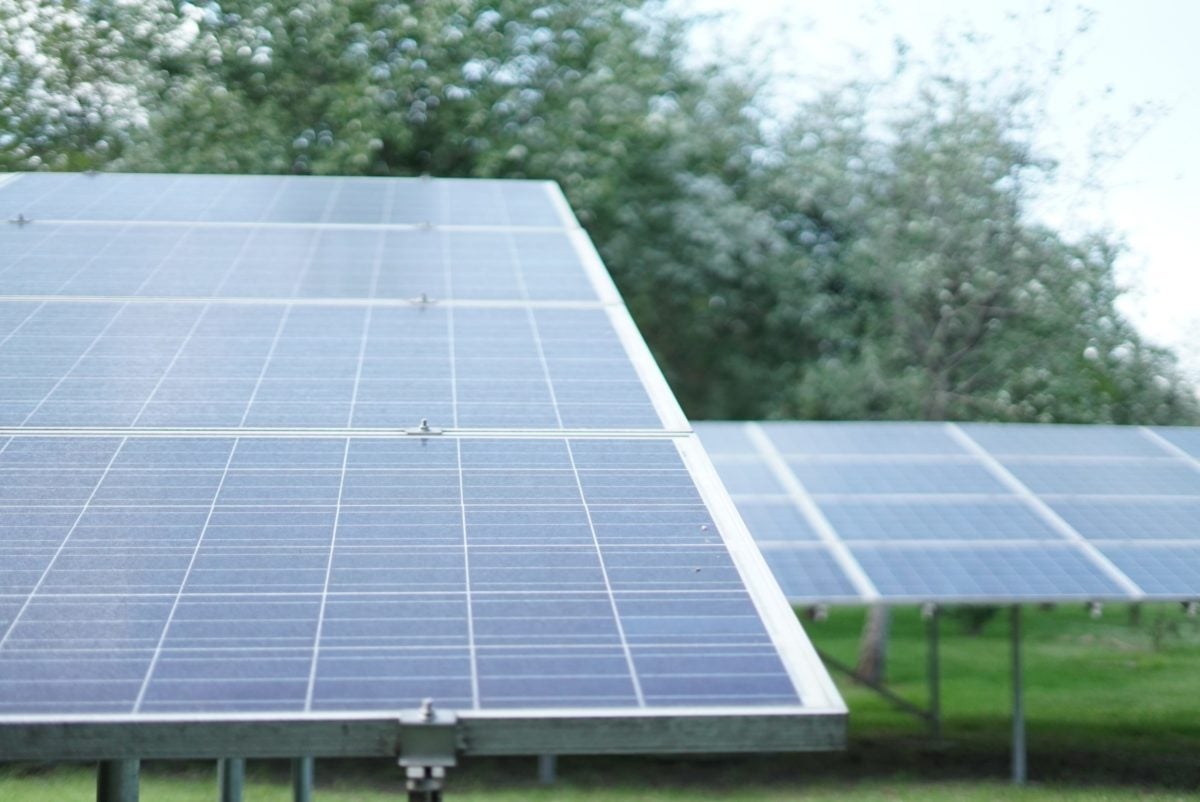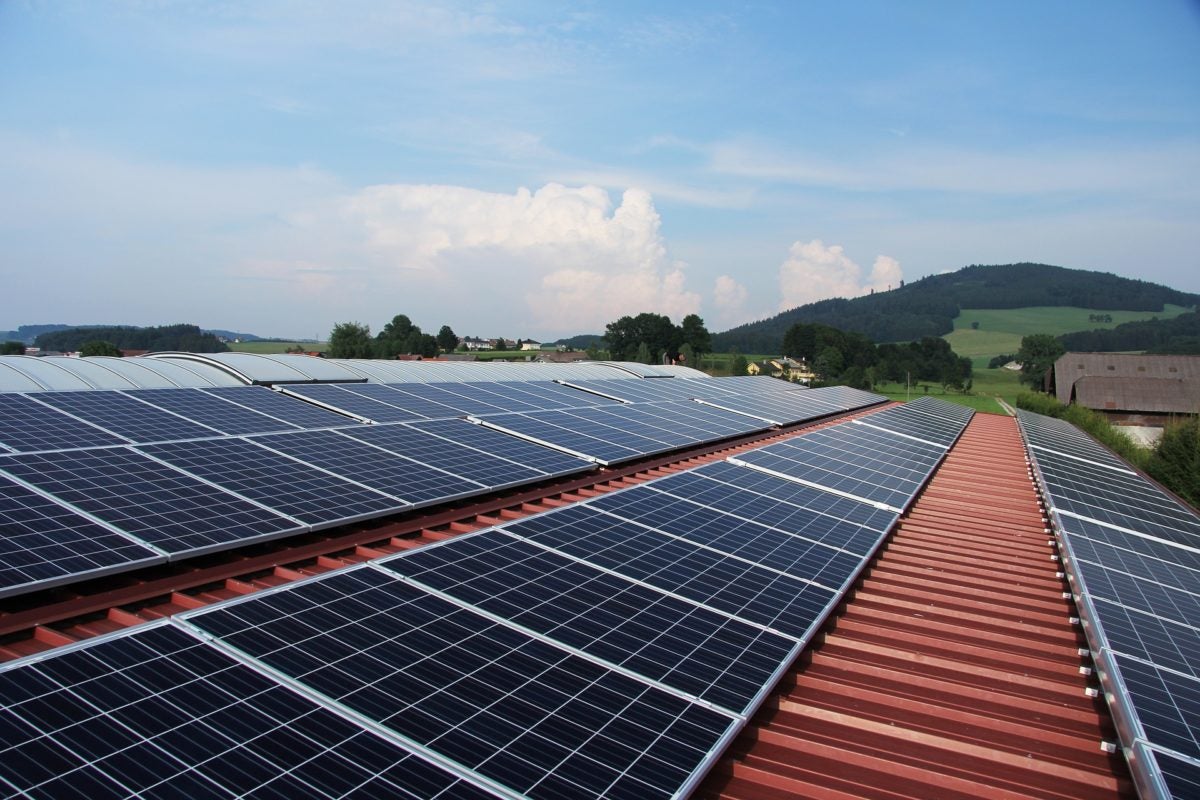New metrics can guide investors and policymakers working to reach sustainable development goals
BOSTON – A new study finds that the amount of climate and health benefits achieved from renewable energy depends on the country where it is installed. Countries with higher carbon dioxide (CO2) emissions and more air pollution, such as India, China, and areas in Southeast Asia and Eastern Europe, achieve greater climate and health benefits per megawatt (MW) of renewable energy installed than those operating in areas such as North America, Brazil, and parts of Europe. The study in Palgrave Communications by the Center for Climate, Health, and the Global Environment at the Harvard T.H. Chan School of Public Health (Harvard C-CHANGE) offers a new method for transparently estimating country-level climate and health benefits from renewable energy and transportation improvements that companies, investors, and policymakers can use to make strategic decisions around achieving the United Nations’ Sustainable Development Goals (SDGs).
Researchers measured two types of benefits—climate benefits (reductions in carbon emissions) and health benefits (decreased mortality attributable to harmful air pollution)—and developed a user-friendly model to compare how those benefits vary based on where renewable energy is operating. They found climate benefits are greatest in countries where the electricity grid is largely powered by coal with less-efficient plants, including Mongolia, Botswana, Estonia, Iraq, and Australia. Health benefits are greatest in countries with higher population densities where people are living downwind of emissions sources, including Myanmar, Bangladesh, Ethiopia, India, and large parts of Eastern Europe.
“This new global model allows us to estimate benefits from renewables at the country-level, both from reducing greenhouse gas emissions, and including the massive health benefits achieved from reductions in air pollution. That hasn’t been done before in the sustainable investment world,” said lead author Jonathan Buonocore, a research associate at Harvard C-CHANGE. “For example, the results show that a wind turbine or solar panel can save 30 times more lives if it is placed in India— where air pollution is often a major public health issue—than if that same turbine or panel is placed in the U.S., and climate benefits will be about twice as high.”
This framework can be used by policymakers and investors to reach the Sustainable Development Goals set by the UN in 2015. The goals include ensuring access to clean and affordable energy (SDG 7) and promoting good health and wellbeing (SDG 3) by 2030.
“The private sector, and investors in particular, have a unique opportunity to influence how an estimated $2.5 trillion per year can be invested to help achieve the UN Sustainable Development Goals. Investors can use this data-driven, replicable model as a guide to make sustainable investments more effectively and efficiently,” said Dr. Dinah A. Koehler, Sc.D., Harvard School of Public Health (2003), and Head of Research at Net Purpose. She initiated this research collaboration while at UBS Asset Management.
This latest study in Palgrave is part of a series meant to help investors take meaningful climate action through their investments. Its methodology draws from research the authors published in Science last year, which sought to build a broader framework with standardized metrics that can be used by investors looking to create portfolios that are climate- and health-friendly.
“People are increasingly concerned with whether or not their investments contribute to a healthier, more sustainable world, but it’s not always clear which companies are actually providing a benefit to society,” said senior author Ramon Sanchez, a research associate in the Department of Environmental Health at the Harvard Chan School. “Our framework can discern the actual climate and health benefits that companies are having around the world through their products and services. Investors in these companies can have more confidence in the positive impacts they’re making on health and the environment.”
A similar study from Harvard Chan that assesses the benefits of renewable energy in different locations across the United States was published recently in Environmental Research Letters. It affirmed that location is crucial for determining health and climate benefits of renewable energy deployment, and is largely driven by what fuel sources are displaced, what those emissions are, and how many people live downwind.
To show how this model can be used, researchers compared five anonymized renewable energy companies that report country-level operating data. It showed there was significant variation in the amount of climate and health benefits achieved per MW of renewable energy installed depending on where the company was operating. For example, Wind Company C, which operates mostly in India, saves about 250 lives per 1000 additional MW of wind energy installed per year, while Wind Companies A and B, which operate mostly in North America and Europe, save only 25 lives with the same amount of wind energy installed.
The study was a joint effort between Jonathan Buonocore, Ernani Choma, Aleyda Villavicencio, Jack Spengler, John Evans, and Ramon Alberto Sanchez Piña from Harvard, Dinah Koehler formerly at UBS, now Net Purpose, Jos Lelieveld from the Max Planck Institute, and Piet Klop from PGGM.
“Metrics for the Sustainable Development Goals: Renewable Energy and Transportation,” Jonathan J. Buonocore, Ernani Choma, Aleyda H. Villavicencio, John D. Spengler, Dinah A. Koehler, John S. Evans, Jos Lelieveld, Piet Klop, Ramon Sanchez, Palgrave Communications, November 12, 2019, doi.org/10.1057/s41599-019-0336-4
About Harvard C-CHANGE
The Center for Climate, Health, and the Global Environment at the Harvard T. H. Chan School of Public Health (Harvard C-CHANGE) increases public awareness of the health impacts of climate change and uses science to make it personal, actionable, and urgent. Led by former U.S. Environmental Protection Agency Administrator Gina McCarthy and Co-director Dr. Aaron Bernstein, the Center leverages Harvard’s cutting-edge research to inform policies, technologies, and products that reduce air pollution and other causes of climate change. By making climate change personal, highlighting solutions, and emphasizing the important role we all play in driving change, Harvard C-CHANGE puts health outcomes at the center of climate actions. To learn more visit https://www.hsph.harvard.edu/c-change/.
Contact: Anna Miller, amiller@hsph.harvard.edu




















